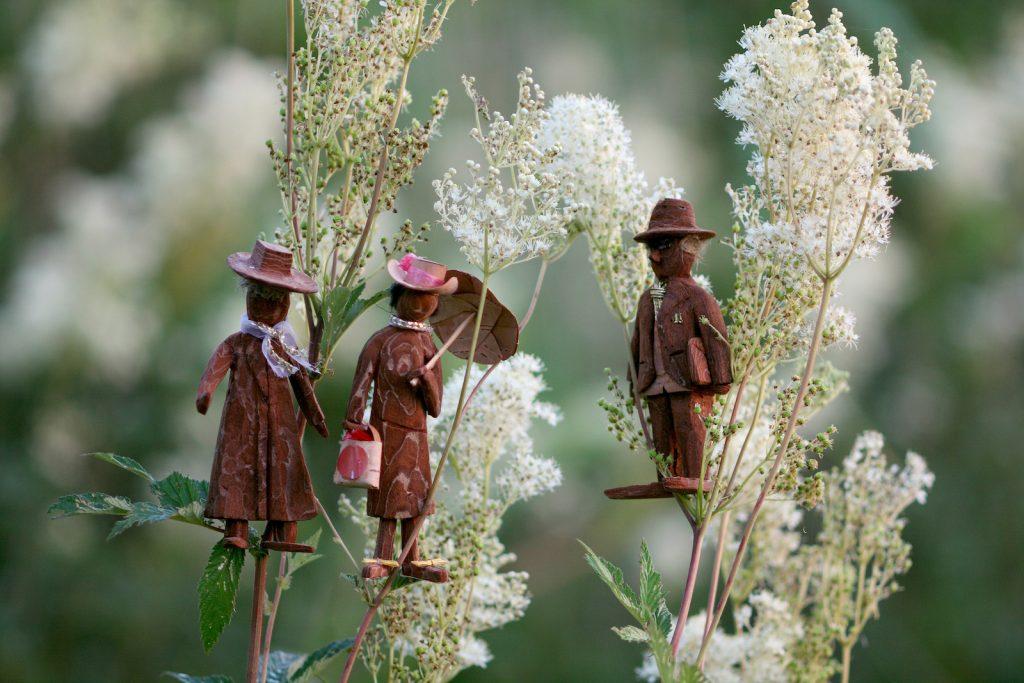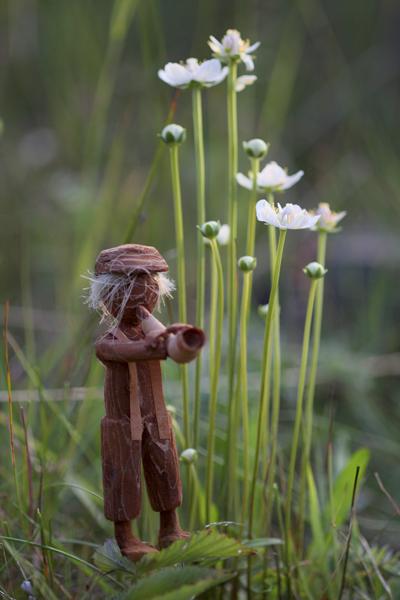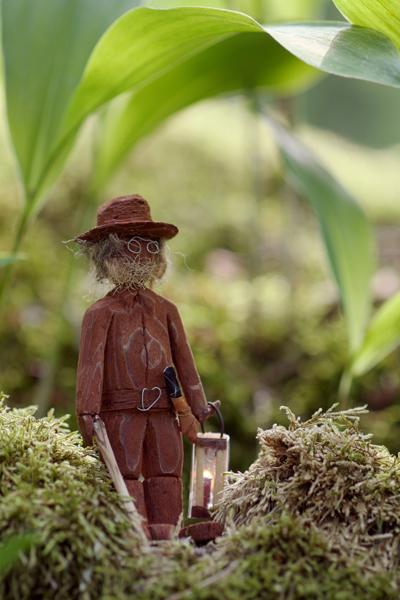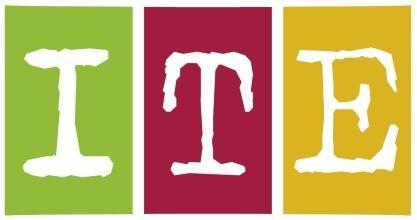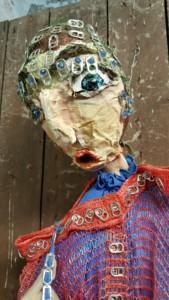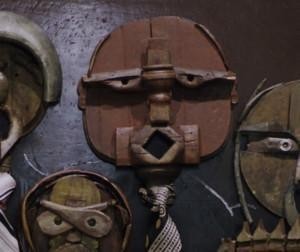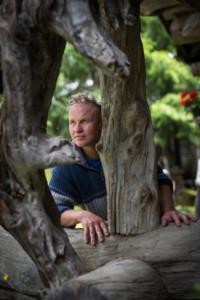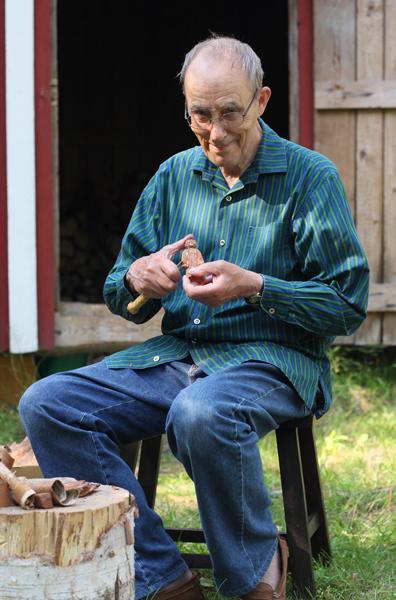
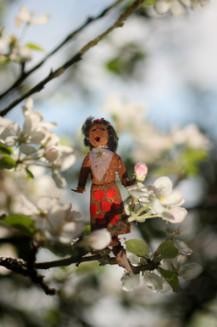
Risto Pelkonen
Kauniainen / Savonlinna (1931)
The Archiatre Risto Pelkonen is renowned for his career in medicine as well as for being the father of the Tuohela (‘Barkby’) village. Pelkonen’s world of bark figures is made up of about two hundred inhabitants, and the village folk and their stories have been depicted in the book Tuohelan kylän väkeä (‘The folk of Barkby’, Maahenki 2011.) The folk of the bark village have also been shown at a number of exhibitions in Finland and overseas.
Pelkonen began carving figures out of bark for his grandchildren’s amusement in their summer house in Savonlinna. A doll’s house was the first creation, and cartoon characters followed: the Moomins, Donald Duck and Mickey Mouse among them. When his grandchildren no longer played with dolls, Pelkonen continued to create his bark figures. The folk of Tuohela multiplied on sunny summer days.
Tuohela’s roots can be traced back to Pelkonen’s own experiences. The Pelkonen family owned a large estate, the Annala mansion, in the Sorola village in Jaakkima, on the shores of Lake Laatokka. The mansion and its sawmill employed many villagers, and Pelkonen thought that they were all one big family. The atmosphere was relaxed and tolerant: life was good. This atmosphere is also present in the village of Tuohela. Some features of the Tuohela villagers were inspired, albeit unconsciously, by real people of Annala. The summers Pelkonen spent in Parikkala and the trips to Enontekiö are also reflected in Tuohela.
Two doctors, a surgeon and a general practitioner, live in Tuohela, but Pelkonen doesn’t recognise himself there at all. All the villagers are equal. There are hardly any conflicts, just a bit of disagreement and tension every now and then. The villagers also interpret the law in their own particular way: the village bobby, Constable Salomon, doesn’t mind home distilling as long as the moonshine is of good quality and he is given a shot for quality control purposes. There are no bad people in Tuohela. To quote the poet, one person is just weaker than the other. “It’s make-believe, of course, but the boring moral of the story is that diversity ensures a good life for everyone. People make a community and everyone gets along,” says Pelkonen.
The village of Tuohela is set in 1950s Finland, which Pelkonen thinks was a very exciting decade. The War was over, and he was a young man at a time full of tensions. On the one hand, the horrors of the War had to be overcome, and on the other people were very optimistic. In Pelkonen’s opinion, Tuohela could not be set in the present, because the world is so different: “I have thought about what the village would look like if I made a modern Tuohela. I don’t think it would work. The present world is impossible to describe. Villages of the old don’t exist anymore. The church no longer stands in the middle of the village and the new Tuohela village centre would have a petrol station and a pub, a box-shaped supermarket and a car park.”
For Pelkonen, the Tuohela villagers are a source of the joy of creativity. A story that he makes with his own hands from his ideas allows him to enjoy creative idleness. “I don’t know if it prolongs my life but that’s not my point. Carving the bark figures improves the quality of my life, gives me happiness and doesn’t bother anyone else. That’s enough for me,” says Pelkonen.
Text: Minna Tuuva. Translation: Kirsti Nurmela-Knox. Photos: Veli Granö.
